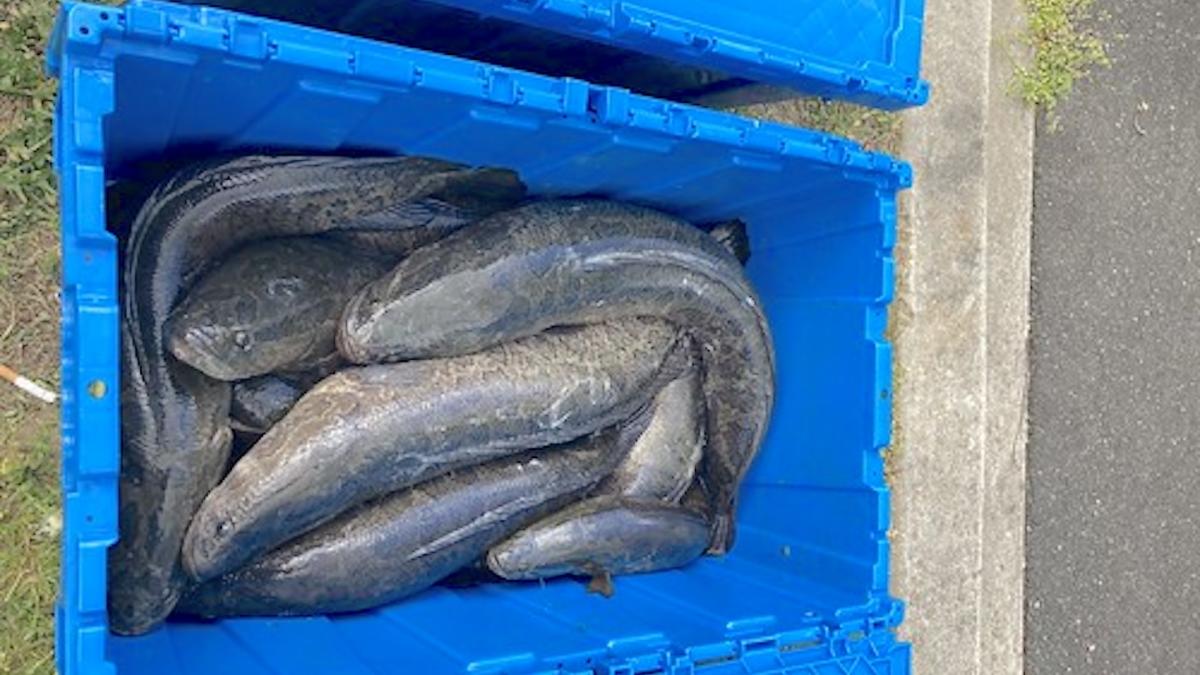A species of fish that has seen its population numbers soar in Maryland has been put to good use thanks to a partnership involving the state’s nature department and a seafood wholesaler.
A water-filled elevator at the Conowingo Dam helps to transport migrating fish species to the upper Susquehanna River and their breeding grounds. Technicians have been picking out invasive species and removing them from the water network, says the Maryland Department of Natural Resources.
According to the Maryland Department of Natural Resources, which is involved in the partnership, more than 18,000 pounds of invasive fish were removed from Maryland waters between March and June 2024.
Most of the fish were northern snakeheads (also known as the Chesapeake Channa), but flathead catfish and blue catfish were also removed.
The Maryland DNR observed that the snakeheads are particularly problematic, with more than double removed from the dam than in other years since the program started in 2021.
The program is crucial to the health of the local ecosystem, as the state’s nature department noted that all of these species “consume large amounts of native aquatic species and have few natural predators.”
Watch now: Climate expert explains why there’s ‘no question’ human activity causes global temperature changes
Removing creatures that can outcompete native fish for food, swimming space, and oxygen, can also be a huge benefit to the local community.
J.J. McDonnell and Co., Inc. processed the captured fish and donated them to local food banks. Eating invasive species is becoming a popular method of control, with lionfish being recommended as a tasty dinner option — if prepared correctly.
Invasive plants are also on the menu. Eating kudzu, chicory, and wineberries are examples of delicious ways to control the overgrowth of flora that can be detrimental to native species.
“Invasive fish pose a significant threat to ecologically and economically important native species in Maryland,” said Branson Williams, the Invasive Fishes Program Manager for Maryland’s DNR, in a statement. “The removal effort at Conowingo Dam is a prime example of how partnership can amplify our ability to manage invasive fishes and limit their spread.”
Join our free newsletter for good news and useful tips, and don’t miss this cool list of easy ways to help yourself while helping the planet.
